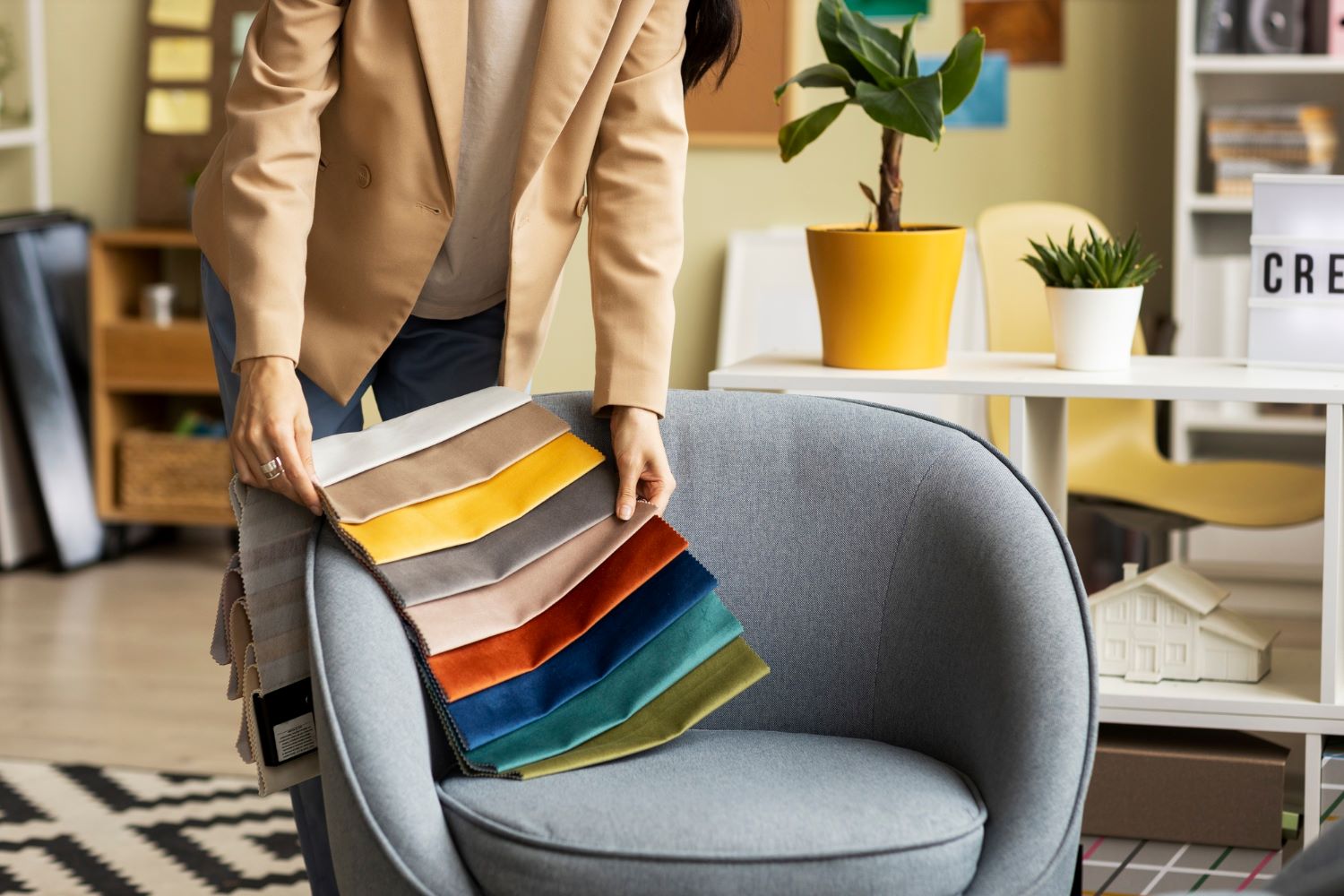Home is more than just a simple living space. It is a personal refuge, a place to seek comfort, well-being, and harmony every day. To achieve this goal, interior design plays a crucial role in turning a house into a cozy, functional, and tailored space. The distribution of spaces, the choice of materials, colors, and lighting are just some of the elements that influence the feeling of comfort within the home.
To achieve a balanced and functional environment, it is essential to understand the importance of interior design and how proper training in interiors can help us transform any space and make it unique.
Interior design, much more than aesthetics
When talking about interior design, it is common to think about decoration and aspects focused on aesthetics, such as choosing color combinations or furniture. However, this discipline goes beyond that, as good interior design must consider other aspects such as space optimization, enjoying proper lighting, or knowing how to apply appropriate colors to create environments that are not only pleasant to the eye but also functional.
For example, the arrangement of furniture can affect people’s mobility and the use of available space. Poor planning can make a room seem smaller than it is, while correct distribution allows for better circulation and a sense of spaciousness.
Additionally, interior design also plays a crucial role in energy efficiency. The choice of sustainable materials, the use of colors that enhance natural lighting, and the integration of technological solutions can help reduce energy consumption and make the home a more efficient and ecological space.
Interior design helps improve quality of life
Everything around us directly influences our well-being, and the home is no exception. Enjoying a well-designed home can promote rest, concentration, and improve our mood.
Interior design also allows adapting the home to different lifestyles. For someone who works from home, it is essential to have an appropriate office space, with adequate lighting and a layout that promotes concentration. For families with children, a functional design that includes play areas and smart storage is essential to maintain order and harmony in the home.
Additionally, the furniture and materials selected also influence comfort. Ergonomic furniture, breathable fabrics, and quality materials help improve users’ experience and extend the lifespan of spaces.
The importance of training in interior design
To achieve that unique space, training is key. An interior design course will allow you to acquire all the necessary knowledge to then apply it in the projects you have to face in your daily life. Nowadays, there are multiple training options in this discipline, from specialized courses to university degrees, that can help both professionals in the sector and individuals interested in improving their own homes.
Through training in interior design, it is possible to learn about space distribution, material selection, lighting, colors, and current trends. It also involves acquiring technical skills, such as handling 3D design programs and project planning, which allow you to visualize ideas before implementing them.
An essential aspect of training in this area is the development of critical and creative thinking. Learning to analyze the needs of a space and find innovative solutions allows you to design not only attractive but also functional spaces tailored to each user’s requirements.
Furthermore, training in interior design opens up a wide range of job opportunities. From working in architecture and interior design studios to starting your own business, this discipline offers multiple career paths in a constantly growing market.
Referrer: Opendeco, decoration news in Spanish












